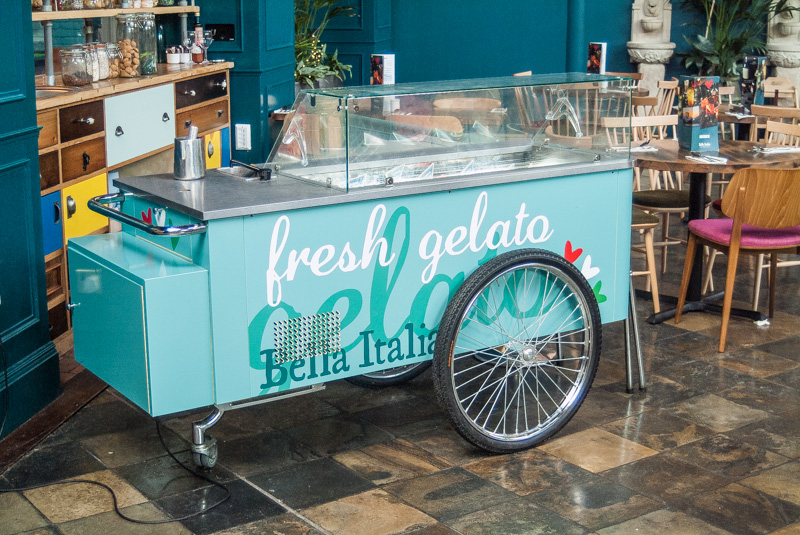Fuji S2 Pro digital camera – part two
This is the second part of my look at the Fuji S2 Pro digital camera. In the first part, I looked at some of the general functionality of the camera, and related how I managed to acquire my copy.
In this part, I’m going to share my experiences of using the camera, and show some more sample pictures from it.
Fuji S2 Pro Shooting Experience
My general experiences of using the camera are that it is quite a big unit to carry around, but it’s not as heavy as a modern DSLR. My Pentax K5, for example, weighs a lot more to lug about, although a certain amount of that is the 18-125 mm sigma lens I tend to use on it.
The most annoying aspect of using the camera is the write time to record a picture. I had the resolution set to the maximum, and the file format to RAW, which resulted in a file size of about 12M. The problem was twofold; first it took about 5 seconds to record the image and second there is no indication in the viewfinder that the file is being written. This means you need to remove the camera from your eye and look at the LED on the back panel to see when the write has finished. If you try to take another picture with the camera still recording data, it seems to cancel the write and start again with the new picture.
It’s possible that the cards I’m using are particularly slow. To recap, because I don’t have any Compact Flash cards, I bought an adapter which takes an SD card and allows it to be used in a Compact Flash camera. The camera only sees cards formatted to FAT16 format, which meant I had to use an old 2G card, which isn’t very fast at writing. I tried re-partitioning a larger, newer, 8G card into 4 2G partitions to format one as a FAT16 drive but couldn’t get it to work on my Mac. The upshot it, for whatever reason, the camera is quite slow to use.
One other observation was that the ISO setting is quite awkward because there is no dedicated control to change it ‘on the fly’. You need to alter the mode switch to ‘ISO’ and use the back control wheel to change the setting. I think this observation is a bit biased by modern usage patterns, however. At the time the camera was made, people were quite used to shooting at one ISO (using film), so the ability to change the speed was quite a novelty.
Fuji S2 Pro Samples
In terms of the pictures produced by the camera, I’m a bit less impressed than I was after my very first shots.
I’ve found over the last few days that there are some real problems with highlights if the picture is at all over exposed. The highlights clip and flatten into a characteristic pinky colour, and trying to drop them with the Lightroom highlight control will not recover any detail. You can see this in many of the photos above in the sky – there is a definite colour tinge in the peak white, or at least I could see in the Lightroom version.
I realise however that I should recognise that the camera is 14 years old, and I’m tending to look at the pictures with an eye slightly coloured by a modern viewpoint. In reality, the pictures are not at all bad. There is some nice detail and the JPEG results from the camera are quite pleasing – there are just a few highlight clipping problems.











It has been a real experience trying out the S2 Pro, however. One thing I have realised is how much like a Pro camera it looks, probably because of the size. I’m sure some people I’ve seen over the last couple of days who had nice Nikon and Canon DSLRs thought I had a Nikon D4!
Discover more from Everything Vintage
Subscribe to get the latest posts sent to your email.



